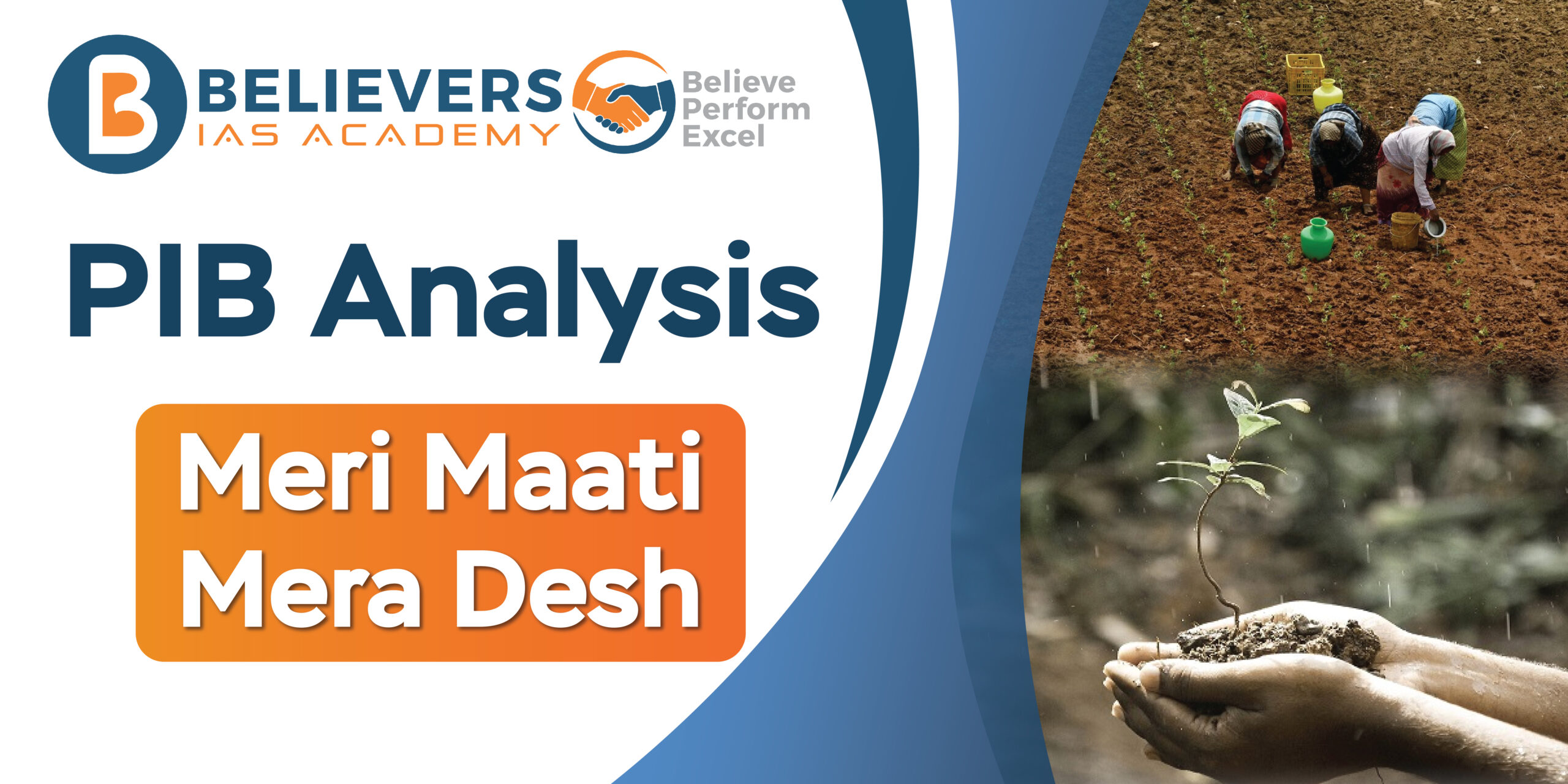CBSE Set to Implement Credit-Based Education System
Why in news?
The CBSE is set to overhaul the academic structure of Classes 9 to 12, aligning with the creditisation model proposed by the NEP 2020, aiming to bridge the gap between vocational and general education.
Relevance:
GS – 02 (Education, Issues Arising Out of Design & Implementation of Policies)
Understanding the Credit System:
- The credit system quantifies a student’s learning by assigning numerical values based on the time and effort required to master a subject, as per NEP 2020’s goal of academic equivalence between vocational and general education.
- The objective of creditisation, in line with NEP 2020, is to ensure parity between vocational and general education, enabling seamless transition between the two systems. To achieve this, the University Grants Commission introduced the National Credit Framework (NCrF) in 2022.
What is the National Credit Framework (NCrF)?
- Introduced in 2022 based on recommendations from an inter-ministerial committee, the draft NCrF was unveiled by the Union Ministry of Education (MoE).
- This framework provides guidelines for schools, colleges, and universities to implement the credit system, marking the first time the entire school education system is integrated into a credit-based structure.
- Previously, only the National Institute of Open Schooling (NIOS) utilized a credit system.
- The NCrF also encompasses skill and vocational education, outlining disciplines in theoretical, applied sciences, and vocational and skill areas eligible for credit accumulation during school education.
Changes proposed by CBSE Subcommittee:
- Notional Learning: The proposal advocates for structuring the academic year around 1,200 notional learning hours, which equates to 40 credits for students. Notional learning signifies the specific time required for an average student to attain predefined educational objectives. Subjects are meticulously allocated hours to ensure students accumulate a total of 1,200 learning hours annually, enabling successful completion of their academic requirements.
- Curriculum Structure for Classes 9 and 10: As per the recommendations, students in Classes 9 and 10 are required to undertake a comprehensive curriculum comprising 10 subjects. These include three languages and seven core subjects. Among the languages, a minimum of two must be Indian languages, such as Hindi, Sanskrit, or English. The seven core subjects encompass a wide array of disciplines, including math and computational thinking, social science, science, art education, physical education and well-being, vocational education, and environmental education.
- Curriculum Structure for Classes 11 and 12: The proposed curriculum for Classes 11 and 12 outlines a focused study plan consisting of six subjects. This includes two languages and four subjects, with the provision for an optional fifth subject. It is mandatory for at least one of the languages to be an Indian language.


